SUMMARY
This is AI generated summarization, which may have errors. For context, always refer to the full article.
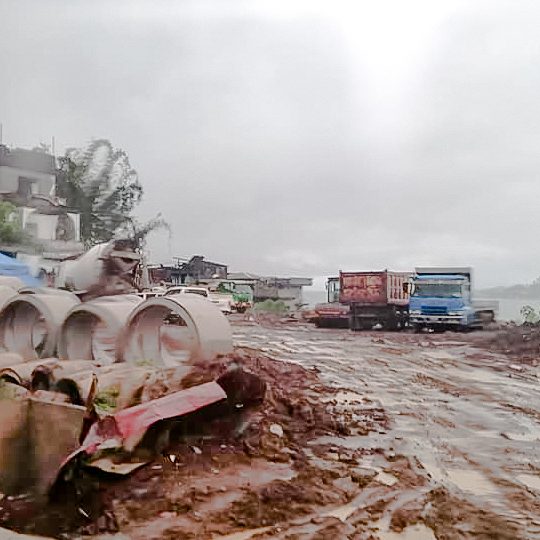
Maranao leaders took turns in lambasting the government as they questioned its claims of gains four years after the five-month battle between the military and Maute group militants in Marawi City ended.
Norodin Alonto Lucman, a former deputy governor of the now-defunct Autonomous Region in Muslims Mindanao, accused the Task Force Bangon Marawi (TFBM) of deliberately delaying efforts to restore the power and water supplies in areas flattened as a result of the 2017 fightings allegedly to discourage thousands of displaced Maranaos from returning.
“TFBM is smart. If they restored the water and electricity early on, they would not be able to stop thousands of IDPs (internally displaced persons) – armed or otherwise – from returning to their lots and build from scratch,” Lucman said.
Lucman is the same man who was hailed as one of the heroes of the 2017 Marawi battle after he sheltered several dozen non-Muslims and subsequently helped them escape from the besieged city.
He said the rehabilitation efforts in Marawi were made “in bad faith from the beginning,” and at the rate things were going, “the water and electricity issues will be passed on to the next administration.”
Ibrahim Mimbalawag, a prosecutor at the Department of Justice whose family was displaced in 2017, said, “How can displaced families return when the road network has not been completed, and there were no water and electricity installations?”
Nothing much has changed in Marawi City despite efforts to replace old roads and provide a drainage system, a convention center, a museum, and parks, according to Lucman.
He said the power and water systems were not in place, and the problem with the relocation of thousands of residents from at least four barangays has yet to be addressed.
President Rodrigo Duterte was in Marawi on Saturday, October 16, for the 4th anniversary of the so-called “liberation of Marawi” from a group of terrorists which the government claimed had planned to establish a caliphate in the predominantly Muslim city.
There is no liberation. What we are seeing is the occupation of our lands by our government. We did not lose to terrorists, but we lost to our government officials who were sworn to protect us.
Drieza Lininding, chair Moro Consensus Group
There, Duterte hailed the TFBM, particularly on the reconstruction of the Grand Mosque of Marawi which he said was important in that it “holds historical and cultural significance in the lives of the Maranaos.”
Moro Consensus Group (MCG) chairman Drieza Lininding mocked the just-held anniversary of the “liberation.”
“There is no liberation. What we are seeing is the occupation of our lands by our government. We did not lose to terrorists, but we lost to our government officials who were sworn to protect us. Even our very basic fundamental rights were not afforded us. To them, we are the threat to whatever they want to do with our land,” Lininding said.
Prosecutor Mimbalawag said at least four other mosques were demolished but not rebuilt in several Marawi barangays.
He said the lots where the mosques used to stand should not be used for other purposes.
“We may argue that the government may not use public funds in rebuilding the masjids (mosques) which are used for religious purposes. However, foreign donors are willing to fund and rebuild the masjids. If the lots where the masjids once sat were left vacant, Maranaos will gradually rebuild them,” Mimbalawag said.
Thousands remain in shelters under dire conditions where basic utilities are lacking.
Ibrahim Mimbalawag, a prosecutor at the Department of Justice
Behind the litany of government accomplishments in Marawi were thousands of displaced families who were growing impatient because they were not being allowed to rebuild their homes yet, he said.
Mimbalawag said, “Thousands remain in shelters under dire conditions where basic utilities are lacking. Others were still in other parts of the country trying to earn their livelihood to make both ends meet.”
He criticized what to him was a lack of priority in the government’s rehabilitation efforts.
Even if the families were allowed to return, many of the affected areas have remained uninhabitable because there was no road network, water, and power supply, Mimbalawag said.
“After four long years, most sectors are not habitable, and thousands of IDPs are still displaced. Most of them even worry that their lots were already taken or considered to be taken by the government for projects without their consent and just compensation,” he said. –Rappler.com
Add a comment
How does this make you feel?

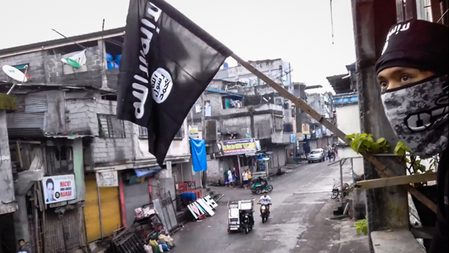
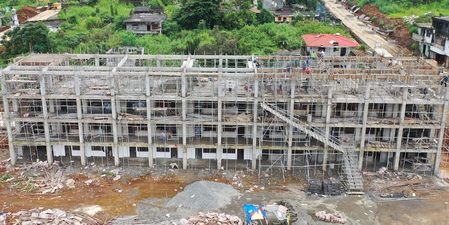


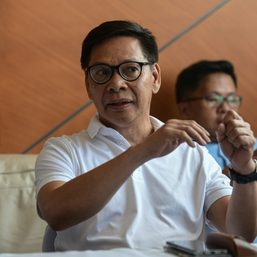
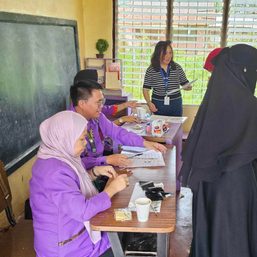
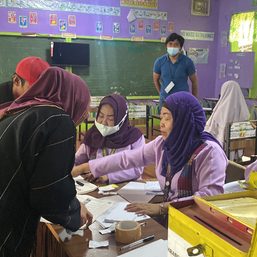
There are no comments yet. Add your comment to start the conversation.